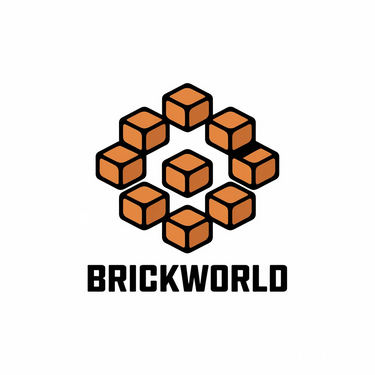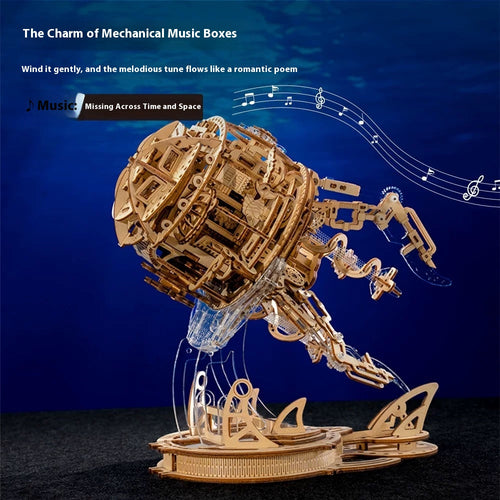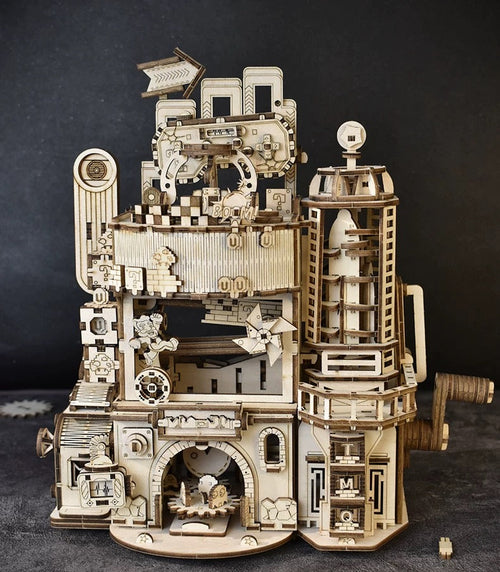Introduction
In today’s fast-paced digital world, parents often search for meaningful ways to engage their children in learning. One highly effective yet often overlooked tool is wooden assembly models. These hands-on projects combine fun with valuable educational benefits, particularly in the fields of STEM (Science, Technology, Engineering, and Mathematics).
What Are Wooden Assembly Models?
Wooden assembly models are DIY kits made of high-quality wood pieces that children can put together to form functional models, puzzles, or mechanical structures. Unlike plastic toys, these models encourage problem-solving, patience, and creativity.
STEM Benefits of Wooden Assembly Models
1. Enhancing Problem-Solving Skills
When children build a wooden puzzle or model, they must analyze, plan, and test different assembly methods. This mirrors the scientific problem-solving process and strengthens logical reasoning.
2. Encouraging Engineering Mindsets
Wooden mechanical models, such as gears, levers, and bridges, introduce children to basic engineering concepts. By physically assembling these parts, they gain a deeper understanding of how structures and mechanisms work.
3. Boosting Creativity and Innovation
STEM is not just about numbers—it’s also about innovation. Wooden assembly models inspire imaginative thinking, allowing children to design, experiment, and modify their creations.
4. Improving Fine Motor Skills
The precise fitting of wooden pieces helps children develop hand-eye coordination and fine motor control, which are essential for both academic and everyday tasks.
5. Reducing Screen Time
Unlike digital games, wooden assembly kits provide tactile, screen-free learning experiences. This balance promotes healthier learning habits.
Why Wooden Over Plastic?
· Eco-Friendly: Wooden models are biodegradable and sustainable.
· Durability: They last longer than plastic alternatives.
· Educational Value: Wooden textures encourage focus and mindfulness during assembly.
Tips for Parents
· Start with age-appropriate kits (e.g., simple puzzles for ages 6–8, mechanical models for ages 9+).
· Encourage children to work independently while being available for guidance.
· Integrate model-building sessions into family STEM learning time.
Conclusion
Wooden assembly models are more than just toys—they are powerful tools for STEM education. They nurture curiosity, problem-solving, and innovation, making them an excellent choice for parents who want to give their children a head start in learning.



